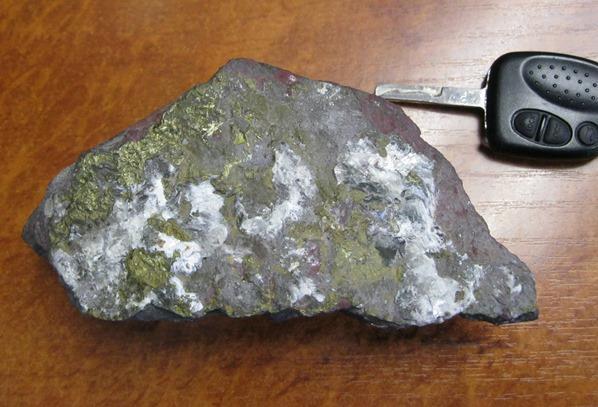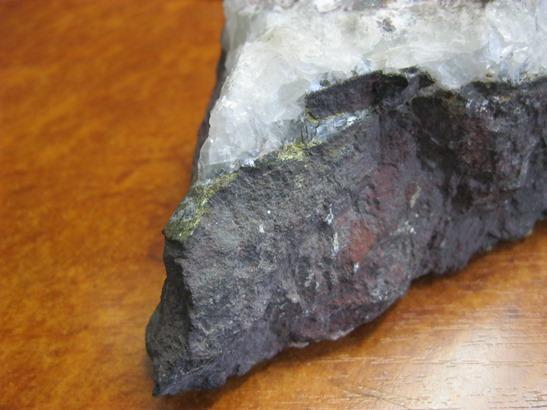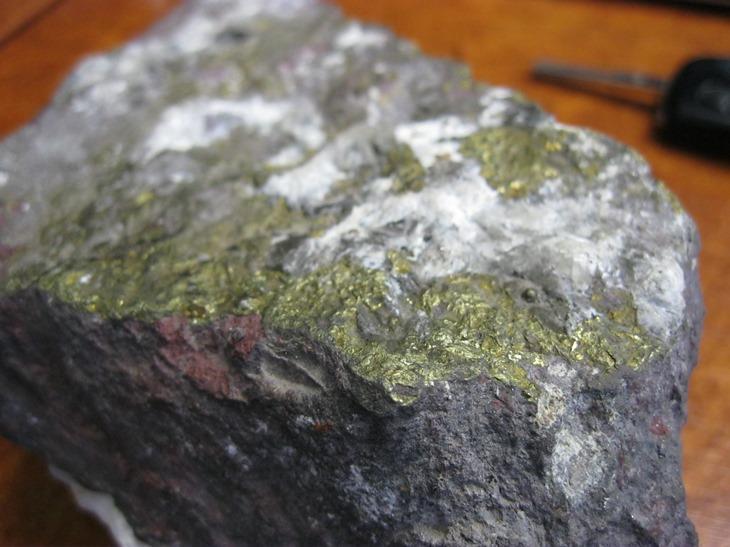A buddy of mine has this specimen with pyrites visible, but given it's pedigree we suspect it may contain some colour.
Ramjet kindly gave me a link to a Specific Gravity calculating video, so we will get set up and work out the gold content.
The specimen has a fair amount of quartz in it but I'm not sure what the red material is, should I assume a specific gravity of 2.6 to 2.65 like you would for quartz?



Anyway, once I get it worked out I'll get back to this.
TT
Ramjet kindly gave me a link to a Specific Gravity calculating video, so we will get set up and work out the gold content.
The specimen has a fair amount of quartz in it but I'm not sure what the red material is, should I assume a specific gravity of 2.6 to 2.65 like you would for quartz?



Anyway, once I get it worked out I'll get back to this.
TT



